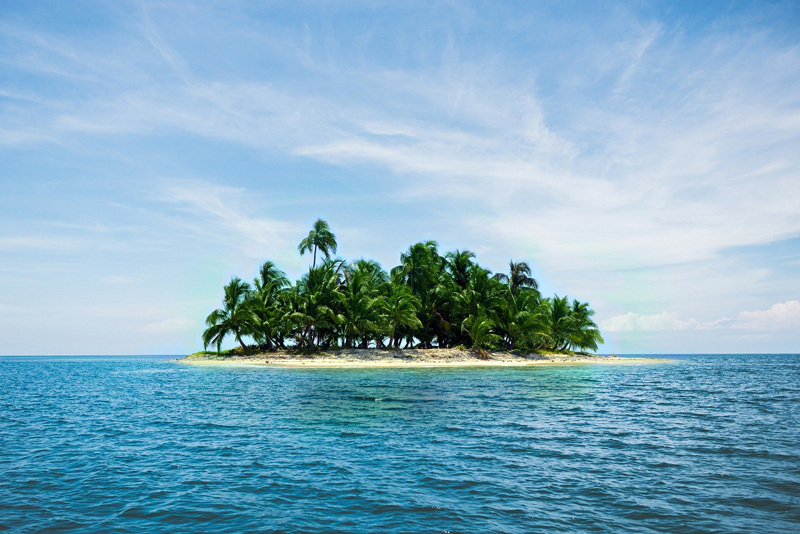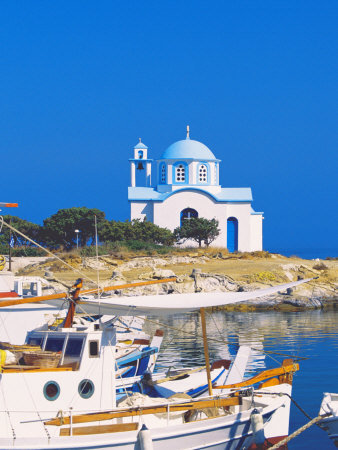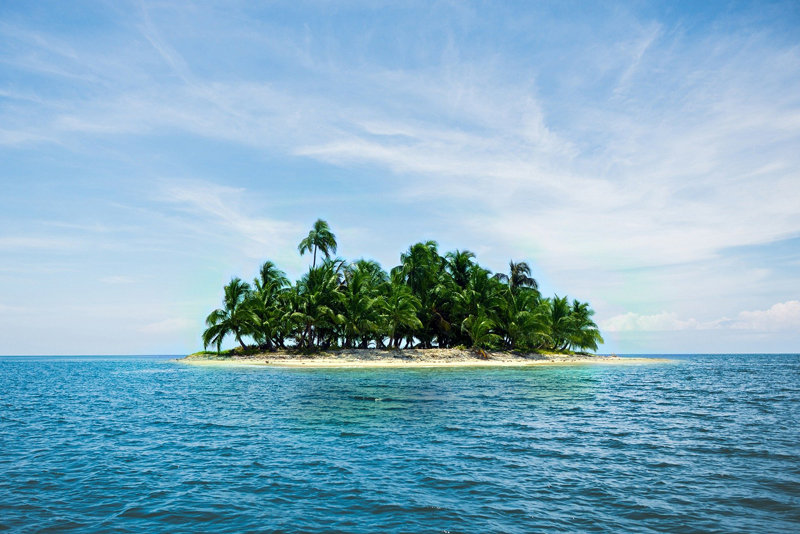List of Islands of the North Aegean

Off the western coast of Turkey at the central to northern end of the Aegean Sea, the “North Aegean Islands” is a designation used for a loosely grouped set of islands including the Turkish islands of Imbros and Tenedos and the Greek islands of Chios, Icaria, Samos and many more. Below are snippets of information about the larger, more inhabited and/or more frequently visited islands in this group. For a description of all islands in the Aegean Sea, please see my previous article called Islands in the Aegean Sea.
Main Turkish Islands in the North Aegean:
Gokceada (formerly Imbros), Turkey – 108 sq. mi.; population 9,000
Westernmost point of Turkey, at the entrance to Saros Bay; mountainous; limited tourism facilities; large military presence; noted for winemaking, windsurfing, healing mud from the salt lake and migratory pink flamingos.
Bozcaada (or Tenedos), Turkey- 11 sq. mi.; population 2,500
Located close to the entrance of the Dardanelles; limited tourism facilities and reachable only by ferry from mainland Turkey; noted for winemaking, red poppies; 2nd place in world’s most beautiful island list in 2010 Conde Nast Reader’s Choice Awards.
Main Greek Islands in the North Aegean:
Lesvos (also called Lesbos) – 629 sq. mi.; population 91,000
Located in the eastern central Aegean Sea; separated from Turkey only by the narrow Mytilini Strait; third largest Greek island; famous for bird-watching – on the migratory pathway with a large number of local birds too; limited package tours and hotel facilities; also visited for medieval castles, hot springs, and a petrified forest.
Chios – 324 sq. mi.; population 55,000
Located in the eastern central Aegean Sea south of Lesvos ; 7 miles off the Anatolia Coast of Turkey, across the Chios Strait ; fifth largest Greek island; famous for a UNESCO World Heritage site – an 11th century monastery called Nea Moni; also famous for a unique Easter celebration known as the “rocket war”; also visited for its beautiful beaches and historical villages.
Lemnos – 184 sq. mi.; population 16,000
Located in the northern center of the Aegean Sea, halfway between Greece and Turkey ; mostly flat with numerous sand beaches, but some mountains in the west; famous for the mythology of Hephaestus; limited tourism facilities; visited for the beaches, ancient ruins, and just getting away from the normal mass tourism.
Samos – 184 sq. mi.; population 34,000
Located in the central eastern Aegean Sea, south of Chios; separated from Turkey by the very narrow Mycale Strait; just north of Patmos and the Dodecanese Island group; famous as an ancient Greek city-state and being the site of Pythagoreion and Heraion of Samos, a UNESCO World Heritage site including an ancient aqueduct; relatively mountainous with numerous muscat-producing vineyards; growing tourism industry; also visited for the Monastery of Panagia Spiliani with its church in a cave, and for the beaches.
Thassos – 147 sq. mi.; population 13,000
The northern-most Greek island, located at the very northern end of the Aegean Sea off the coast of Thrace; primary industry is tourism; visited mostly for beautiful beaches and interesting monasteries and ancient sites.
Icaria (or Ikaria) – 99 sq. mi.; population 8,000
Located in the eastern central Aegean Sea, southwest of Samos and north of the Dodecanese island group ; famous for their “panygiria” or frequent summertime festivals of all-night feasting, dancing and drinking; also noted for having one of the highest longevity rates in the world; visited for the festivals and for the beaches.
Note: no promotional consideration was provided or paid for this article.
|
Gokceada (formerly Imbros), Turkey – 108 sq. mi.; population 9,000
Westernmost point of Turkey, at the entrance to Saros Bay; mountainous; limited tourism facilities; large military presence; noted for winemaking, windsurfing, healing mud from the salt lake and migratory pink flamingos.
Bozcaada (or Tenedos), Turkey- 11 sq. mi.; population 2,500
Located close to the entrance of the Dardanelles; limited tourism facilities and reachable only by ferry from mainland Turkey; noted for winemaking, red poppies; 2nd place in world’s most beautiful island list in 2010 Conde Nast Reader’s Choice Awards.
Main Greek Islands in the North Aegean:
Lesvos (also called Lesbos) – 629 sq. mi.; population 91,000
Located in the eastern central Aegean Sea; separated from Turkey only by the narrow Mytilini Strait; third largest Greek island; famous for bird-watching – on the migratory pathway with a large number of local birds too; limited package tours and hotel facilities; also visited for medieval castles, hot springs, and a petrified forest.
Chios – 324 sq. mi.; population 55,000
Located in the eastern central Aegean Sea south of Lesvos ; 7 miles off the Anatolia Coast of Turkey, across the Chios Strait ; fifth largest Greek island; famous for a UNESCO World Heritage site – an 11th century monastery called Nea Moni; also famous for a unique Easter celebration known as the “rocket war”; also visited for its beautiful beaches and historical villages.
Lemnos – 184 sq. mi.; population 16,000
Located in the northern center of the Aegean Sea, halfway between Greece and Turkey ; mostly flat with numerous sand beaches, but some mountains in the west; famous for the mythology of Hephaestus; limited tourism facilities; visited for the beaches, ancient ruins, and just getting away from the normal mass tourism.
Samos – 184 sq. mi.; population 34,000
Located in the central eastern Aegean Sea, south of Chios; separated from Turkey by the very narrow Mycale Strait; just north of Patmos and the Dodecanese Island group; famous as an ancient Greek city-state and being the site of Pythagoreion and Heraion of Samos, a UNESCO World Heritage site including an ancient aqueduct; relatively mountainous with numerous muscat-producing vineyards; growing tourism industry; also visited for the Monastery of Panagia Spiliani with its church in a cave, and for the beaches.
Thassos – 147 sq. mi.; population 13,000
The northern-most Greek island, located at the very northern end of the Aegean Sea off the coast of Thrace; primary industry is tourism; visited mostly for beautiful beaches and interesting monasteries and ancient sites.
Icaria (or Ikaria) – 99 sq. mi.; population 8,000
Located in the eastern central Aegean Sea, southwest of Samos and north of the Dodecanese island group ; famous for their “panygiria” or frequent summertime festivals of all-night feasting, dancing and drinking; also noted for having one of the highest longevity rates in the world; visited for the festivals and for the beaches.
Note: no promotional consideration was provided or paid for this article.

Related Articles
Editor's Picks Articles
Top Ten Articles
Previous Features
Site Map
Content copyright © 2023 by Laura Hartney. All rights reserved.
This content was written by Laura Hartney. If you wish to use this content in any manner, you need written permission. Contact Malika Bowling for details.




